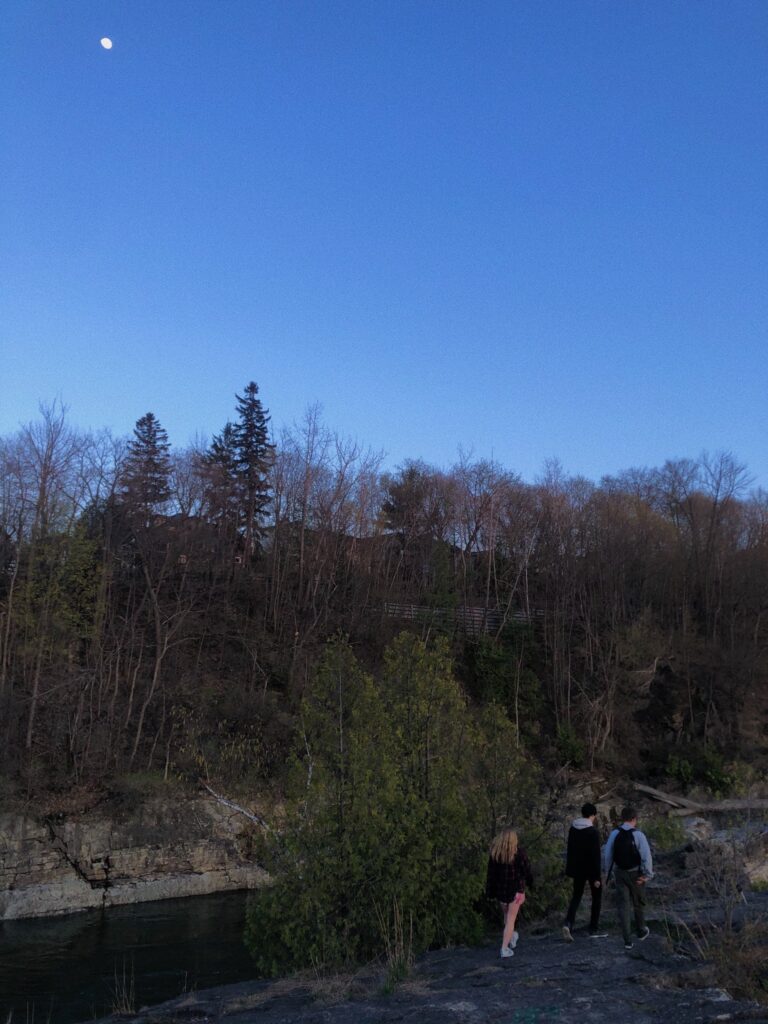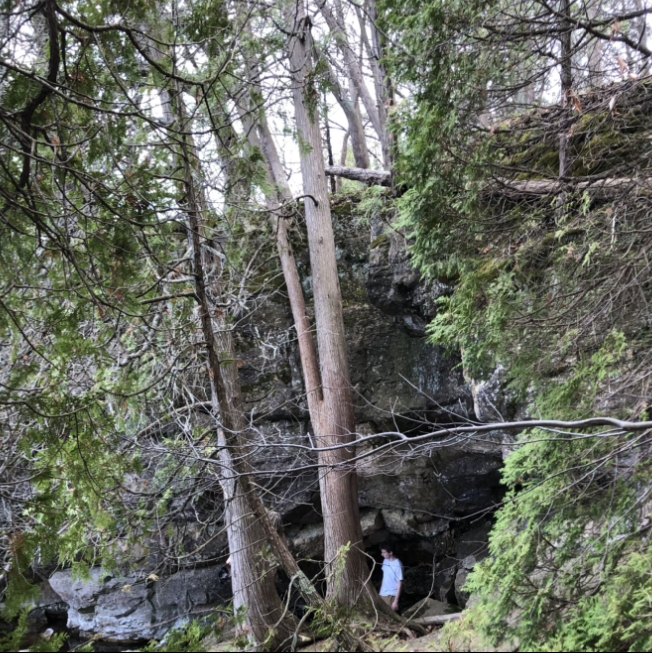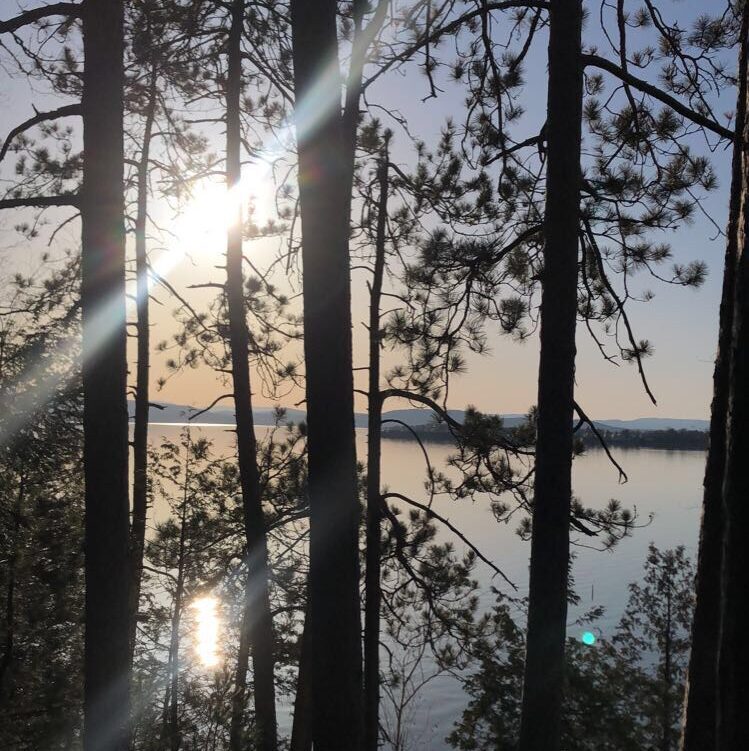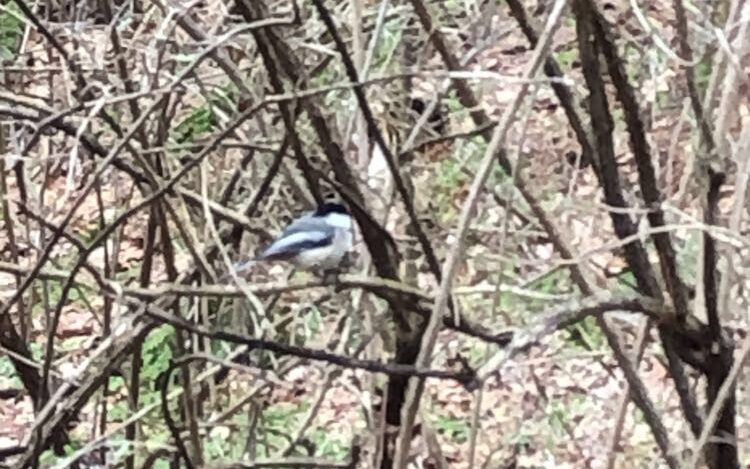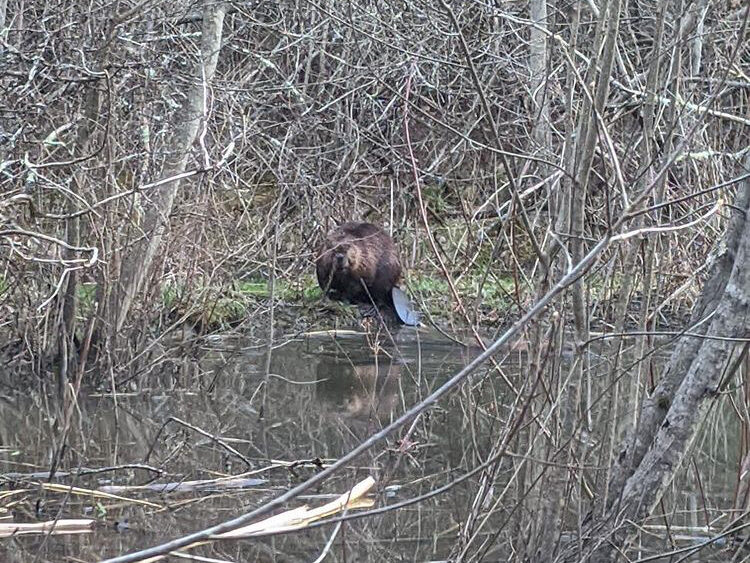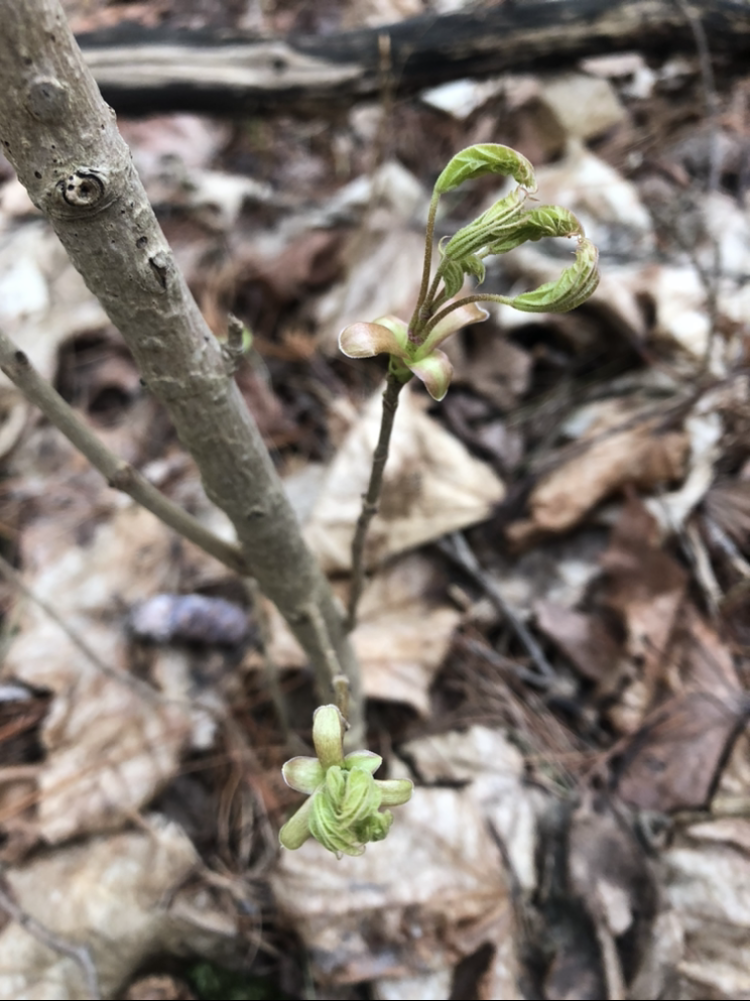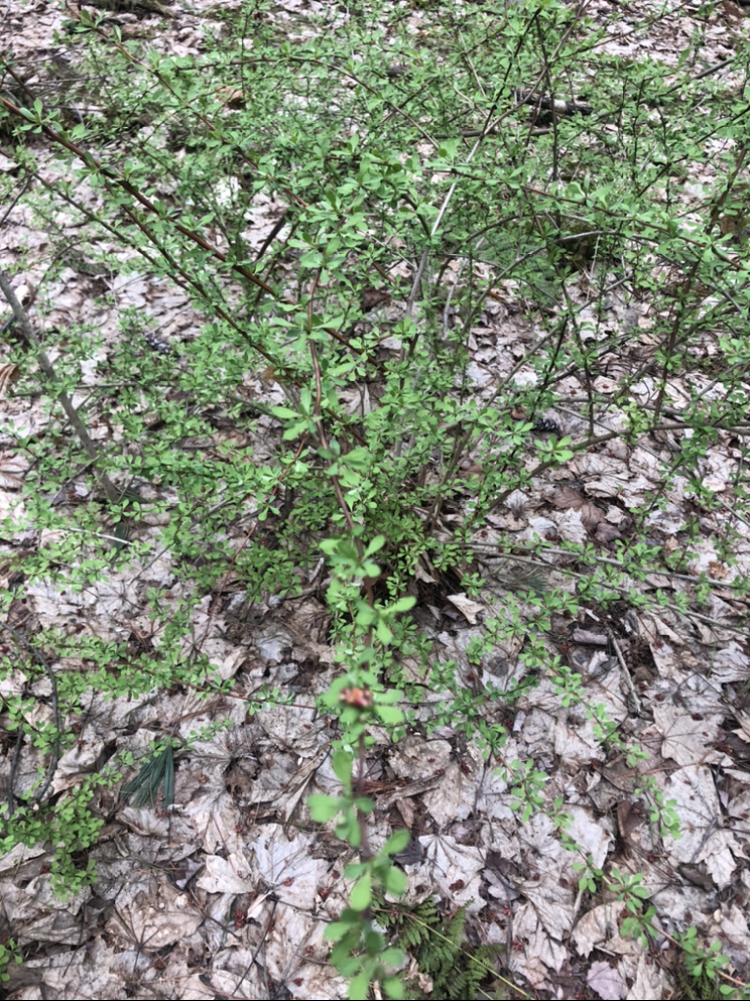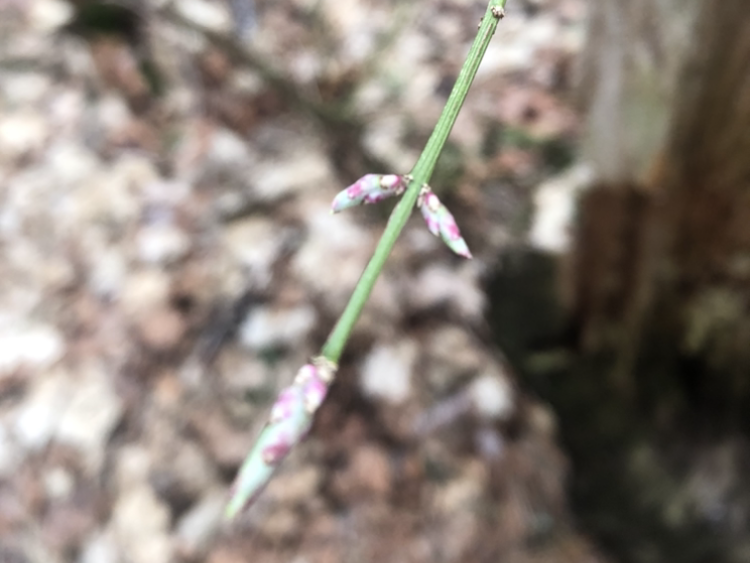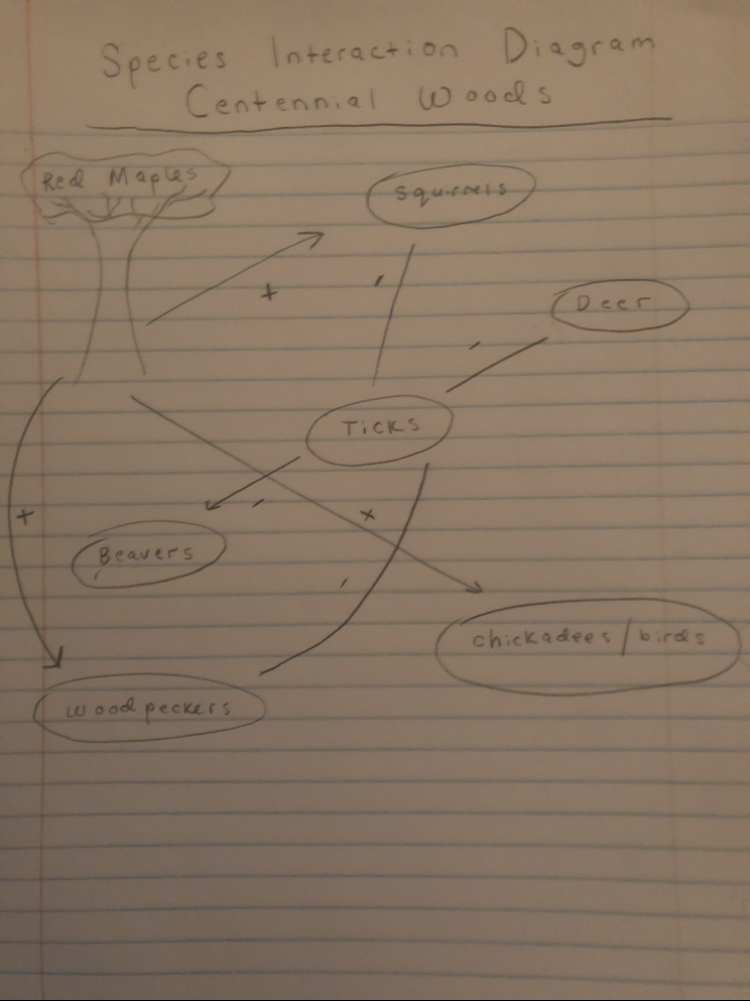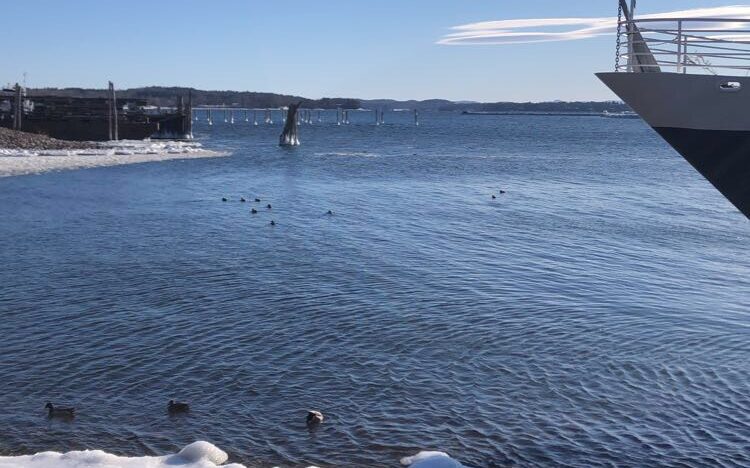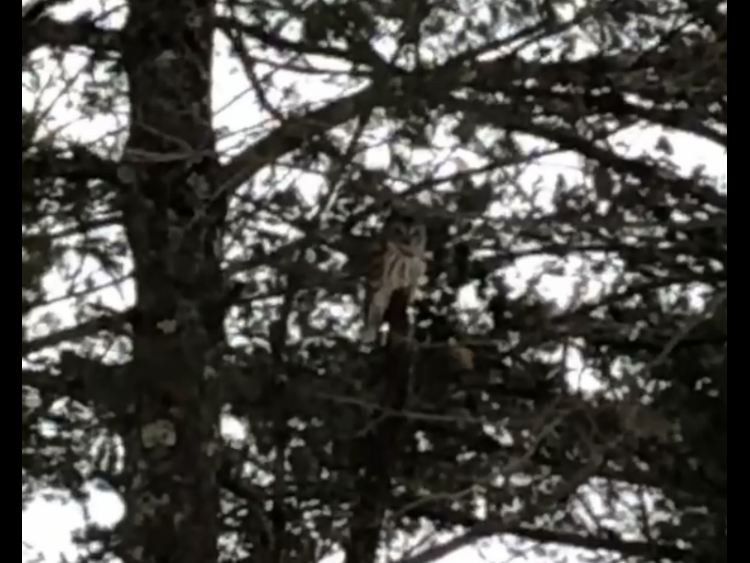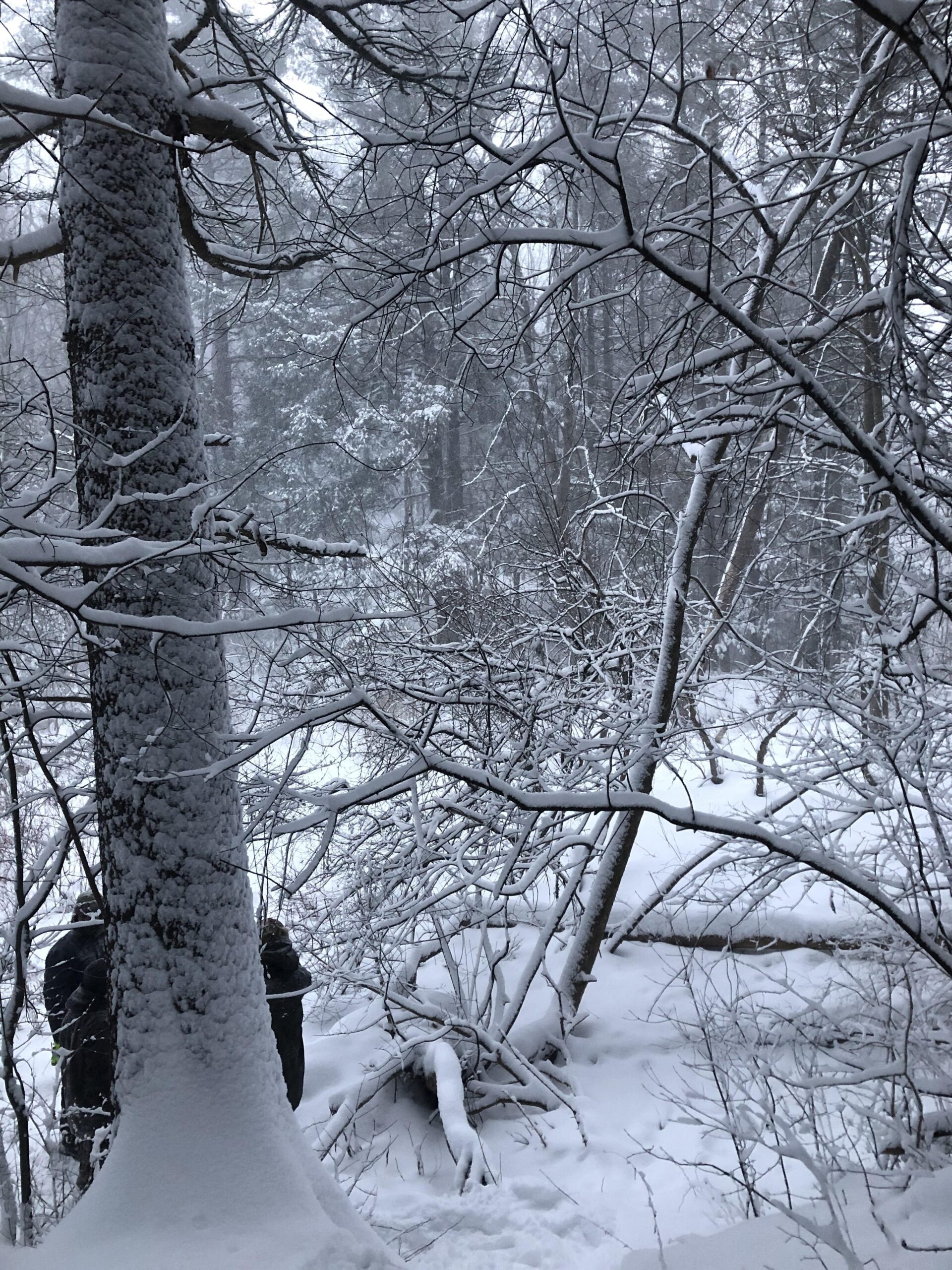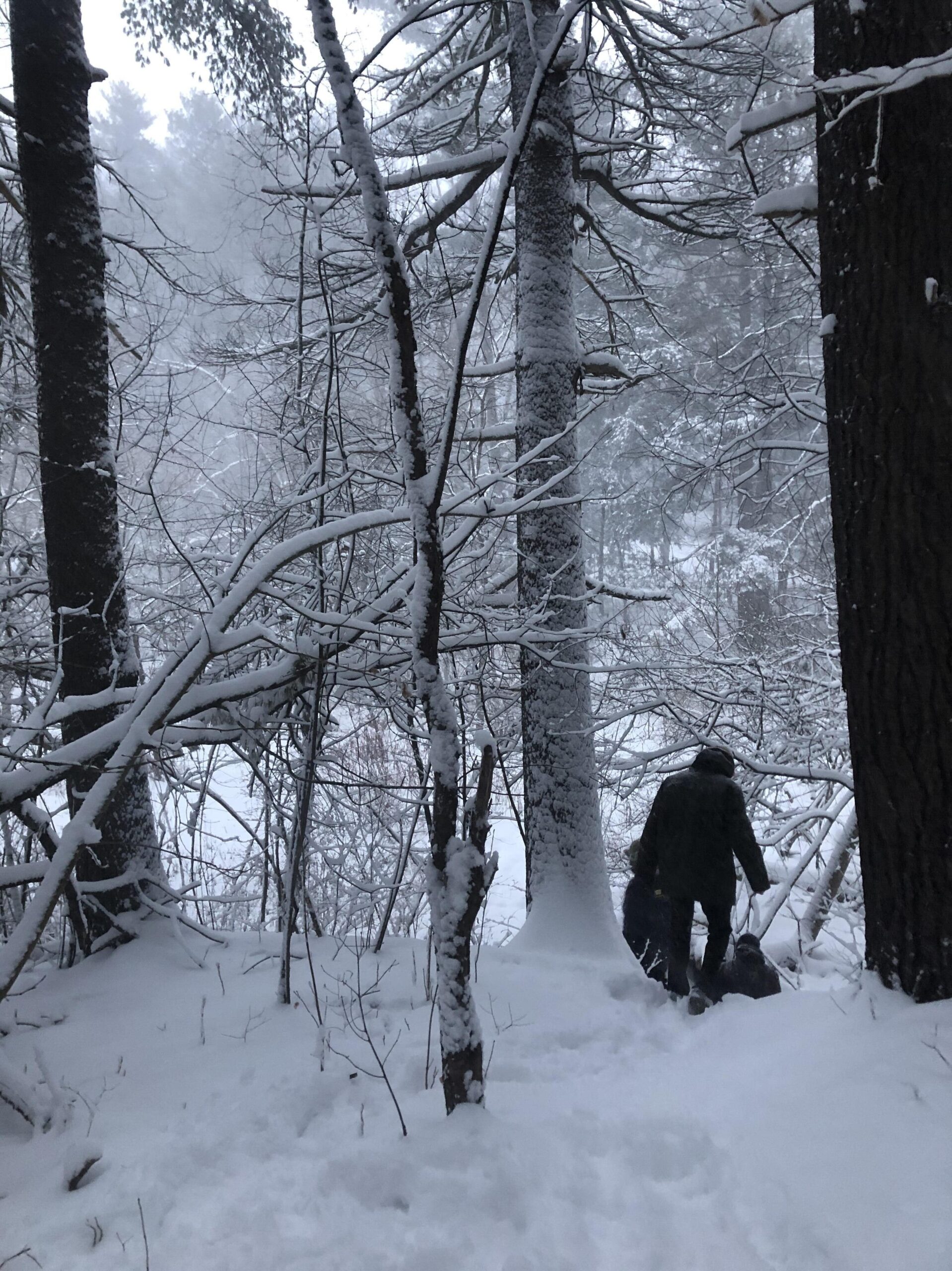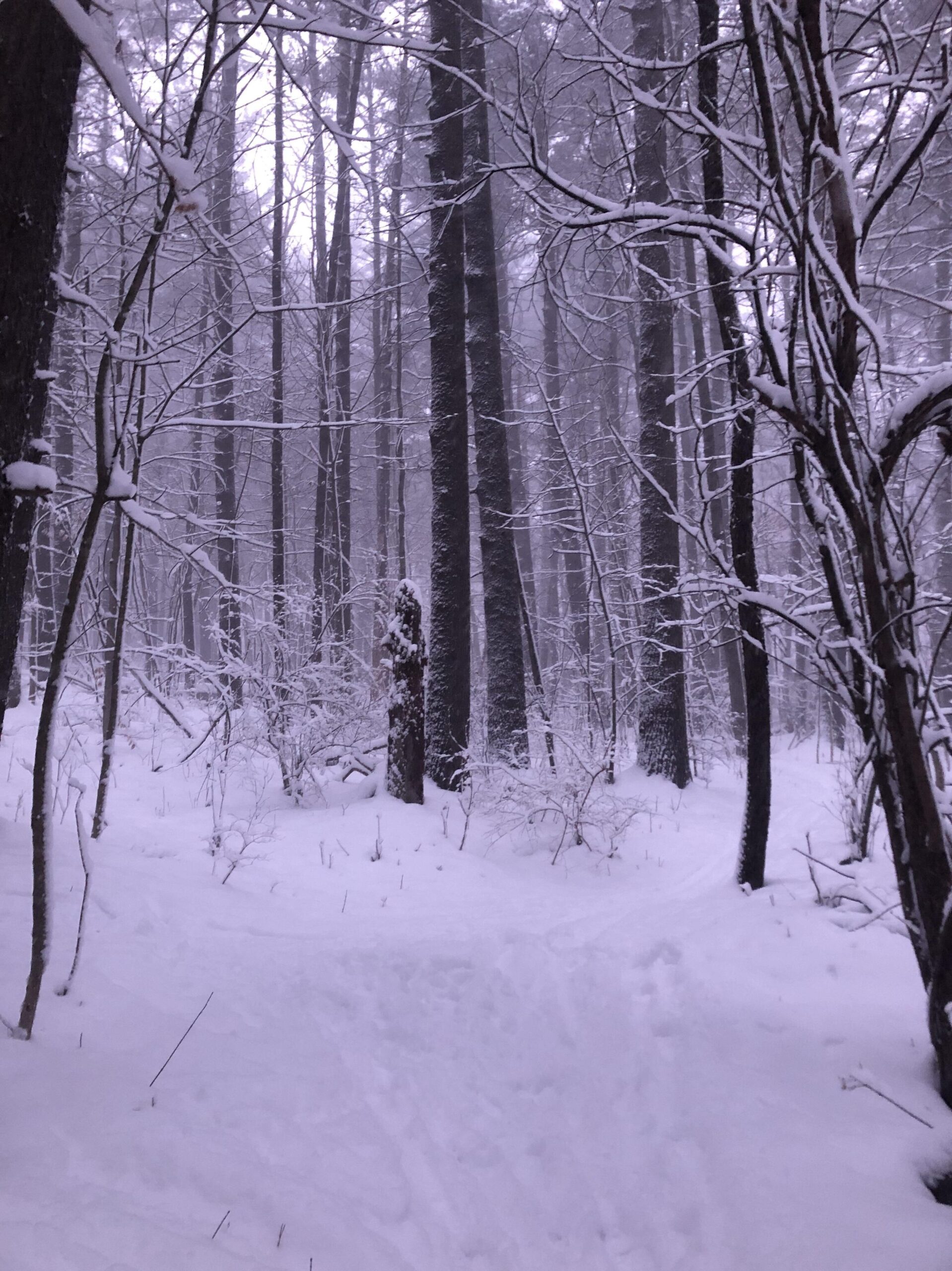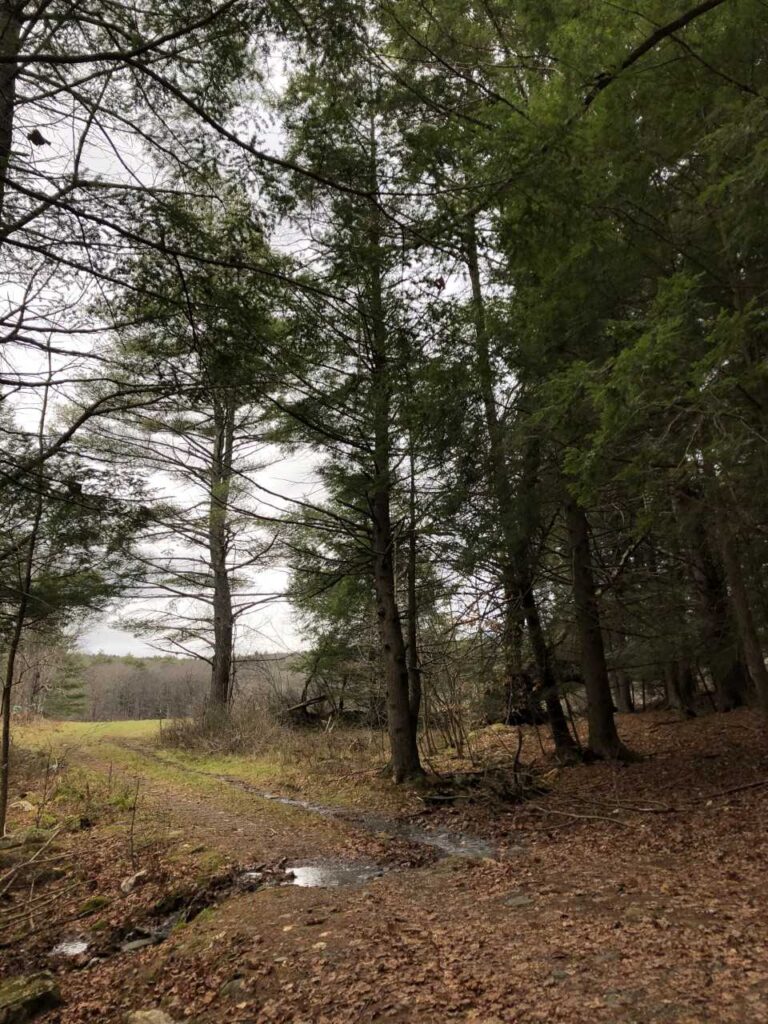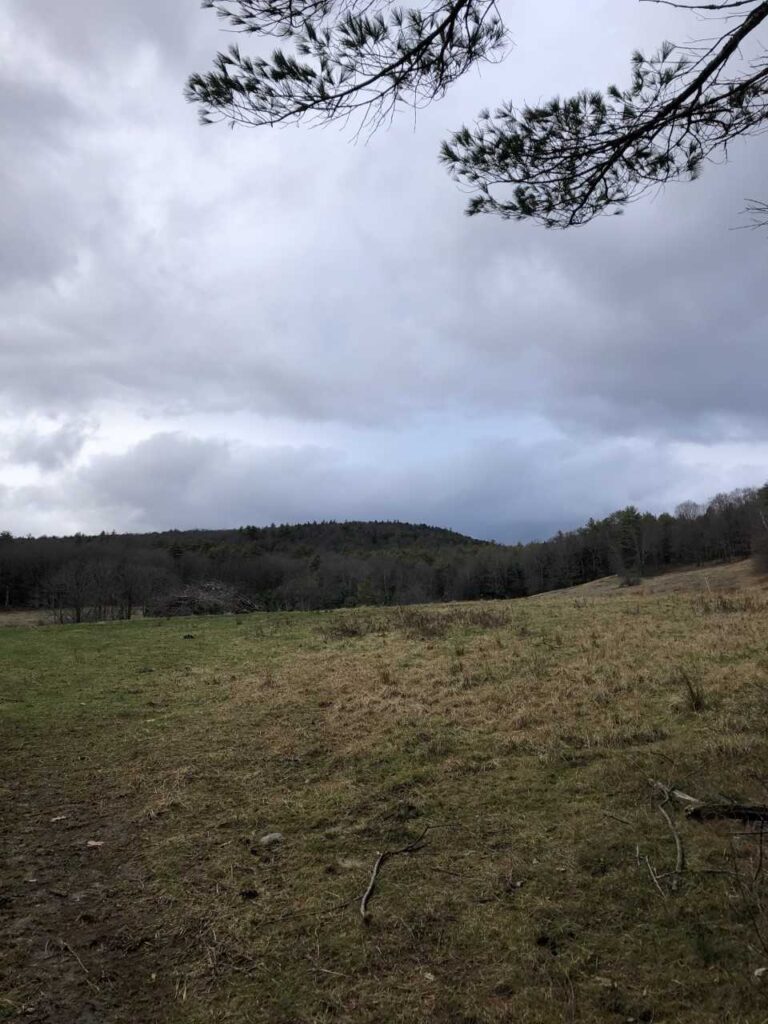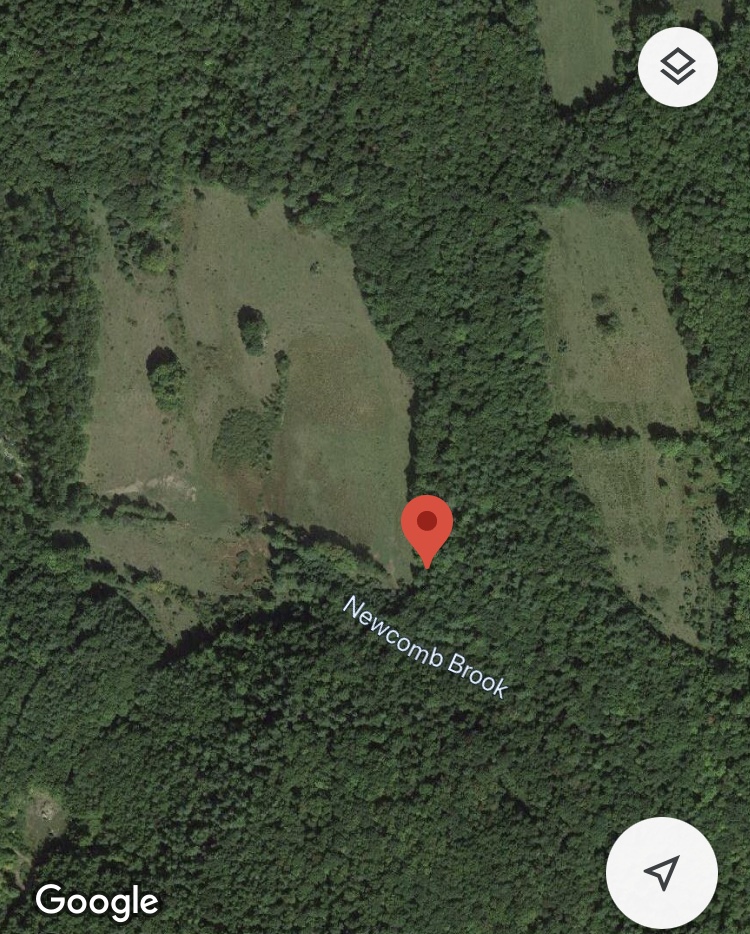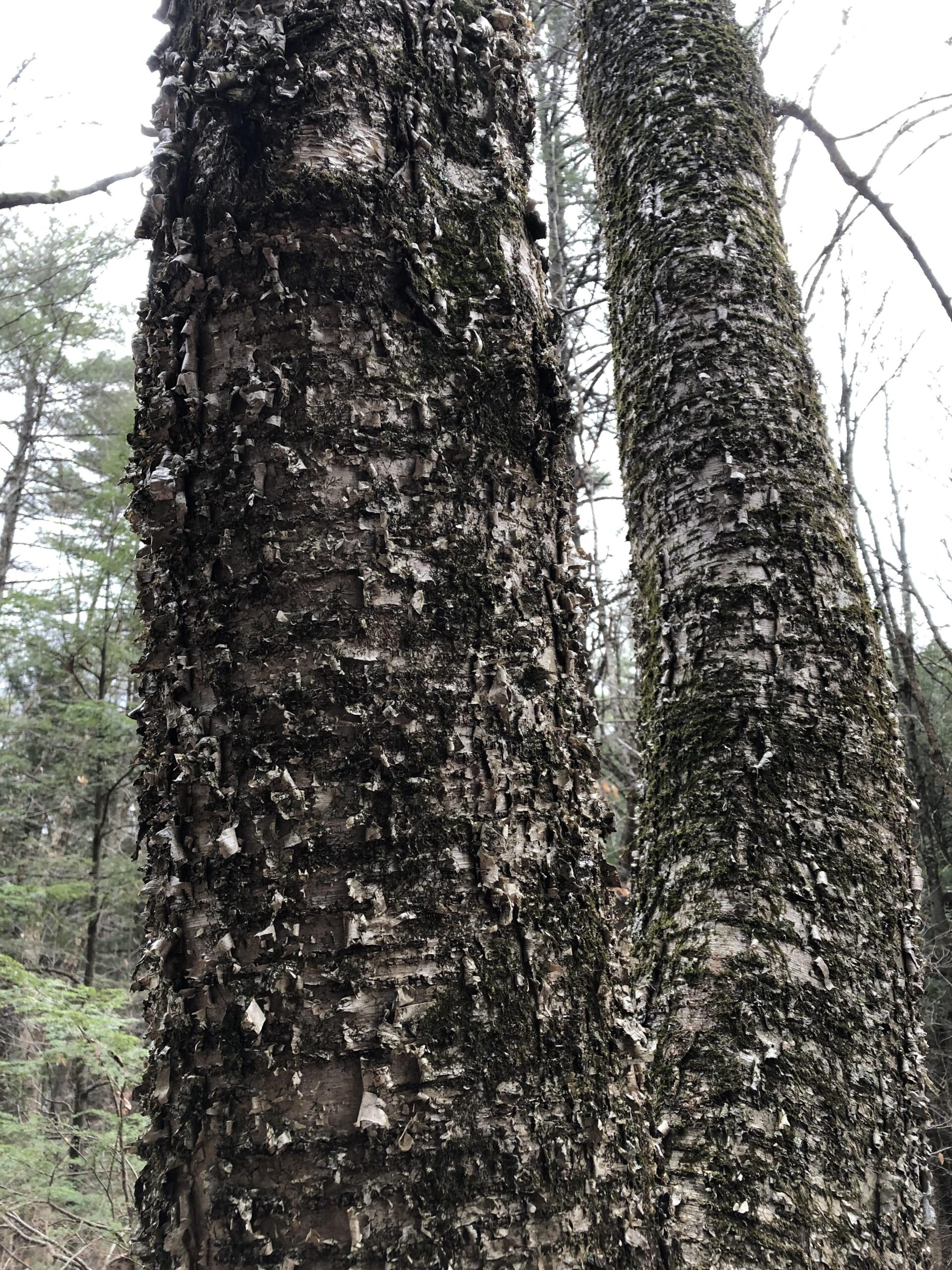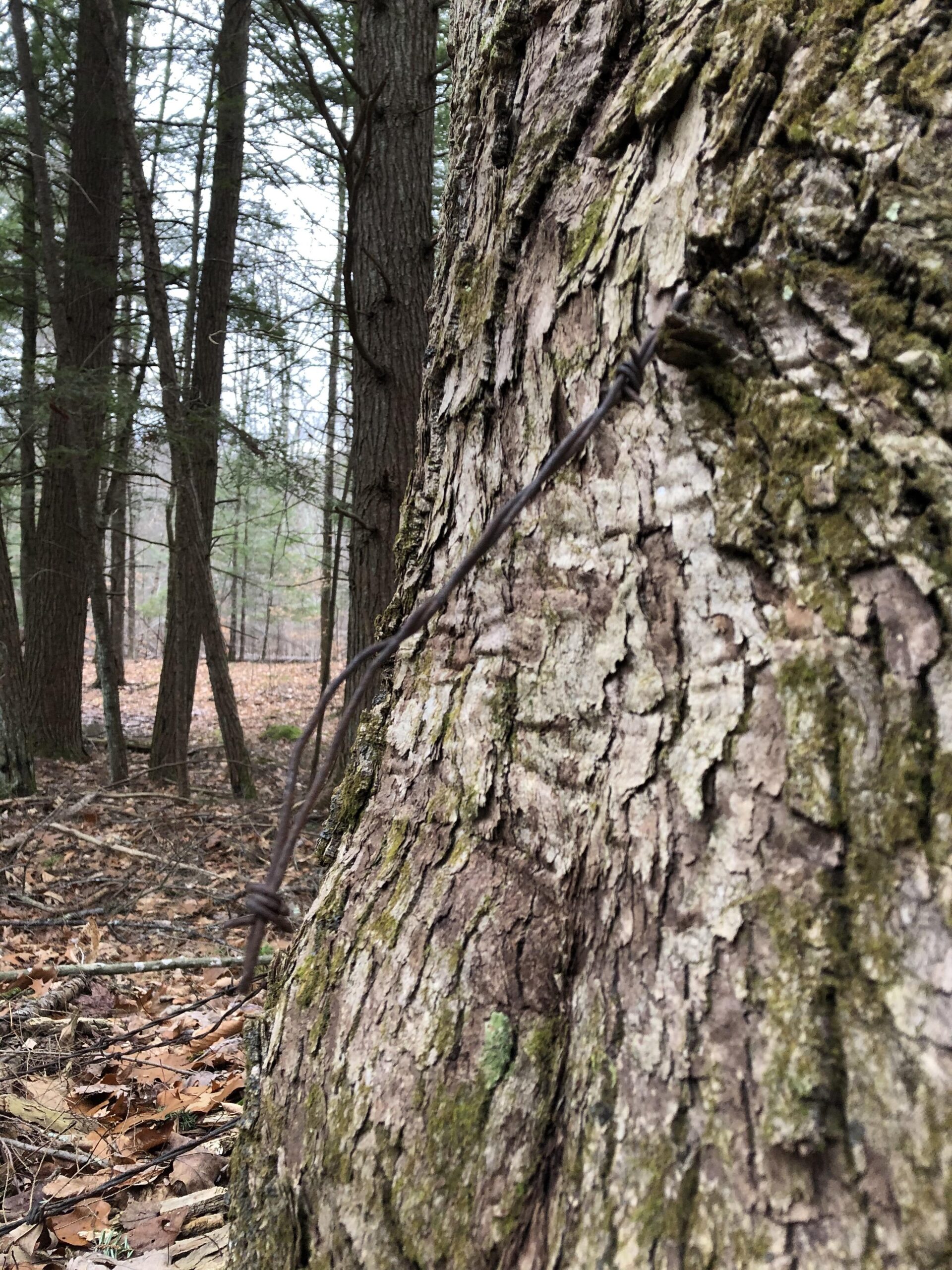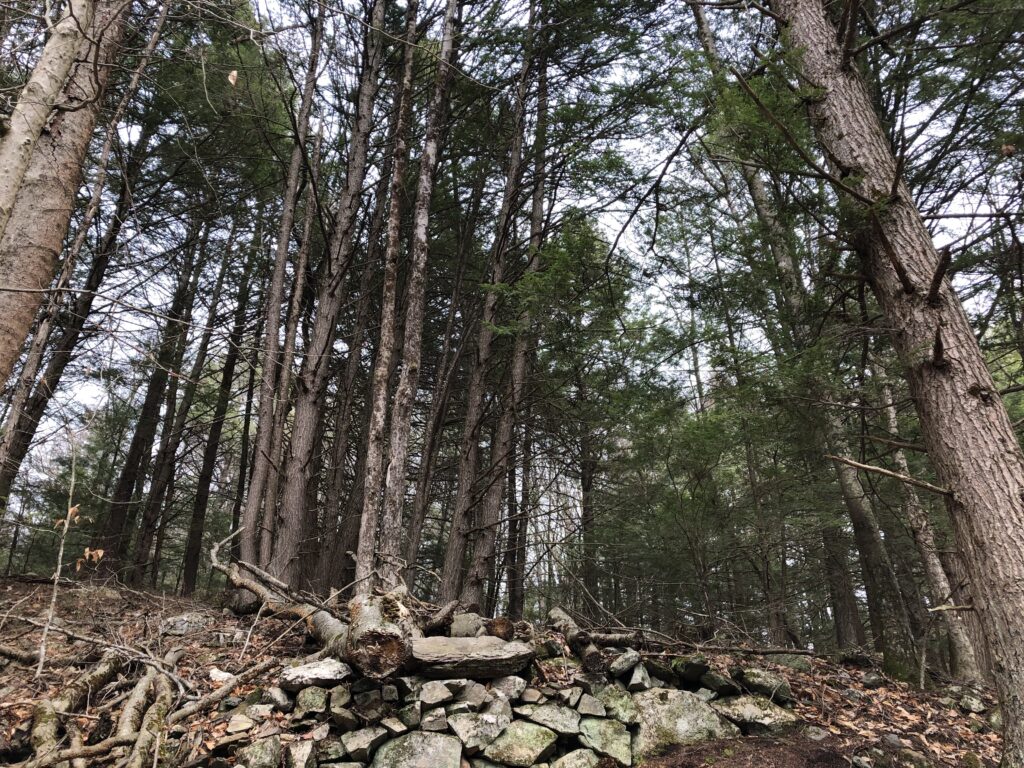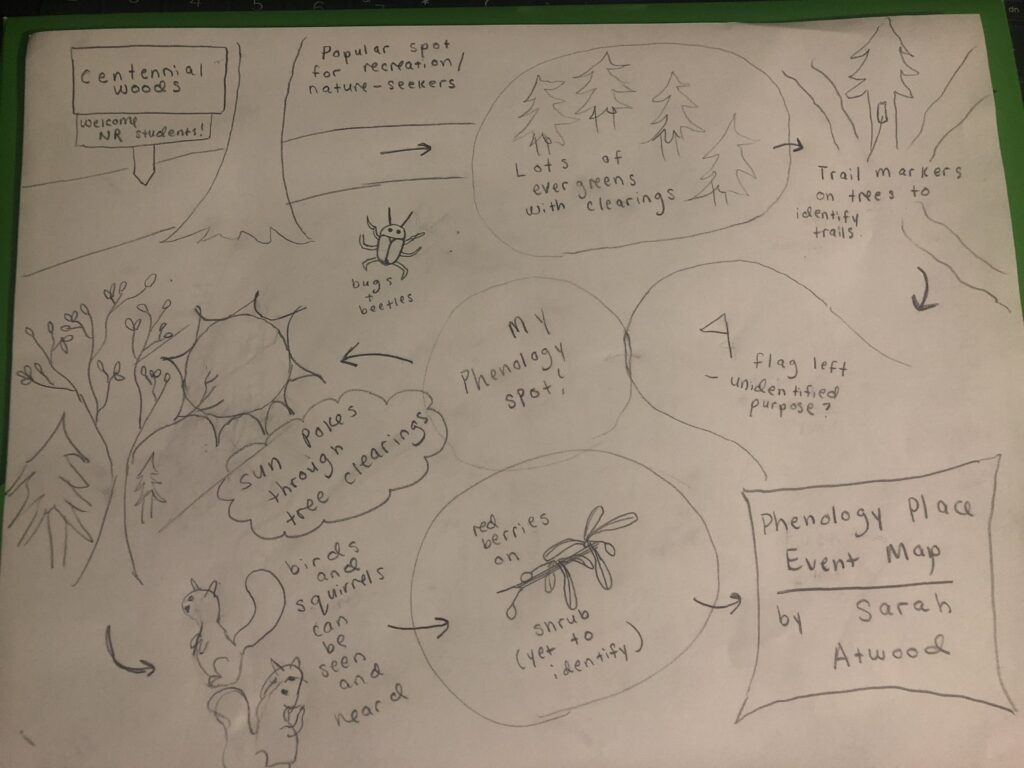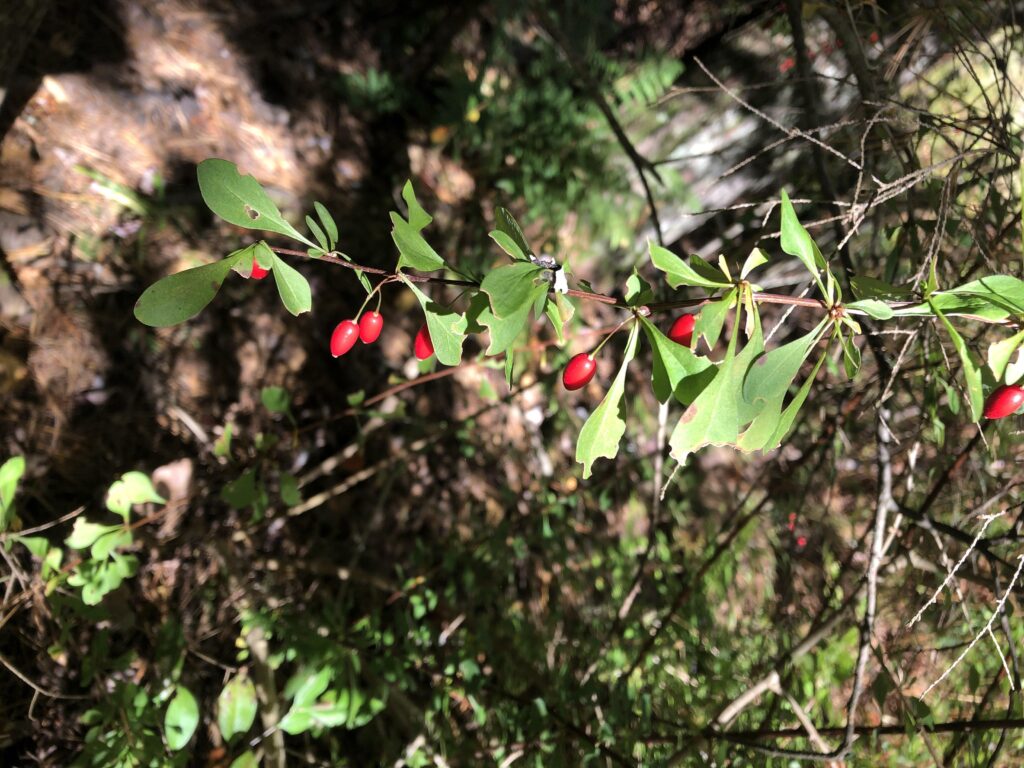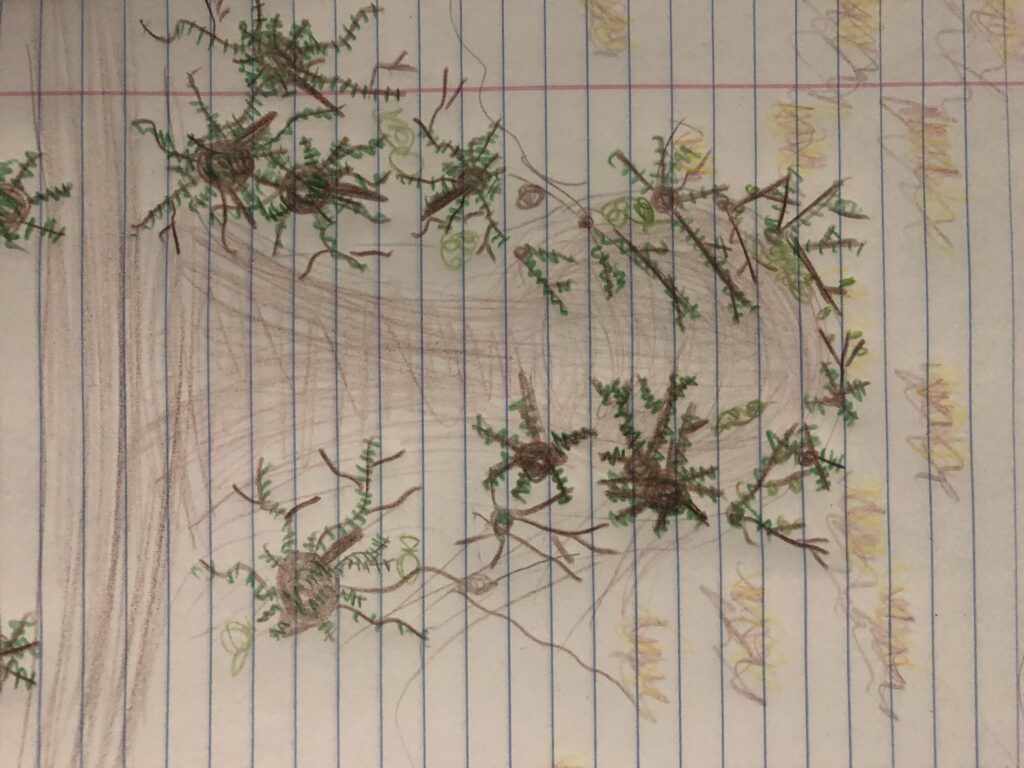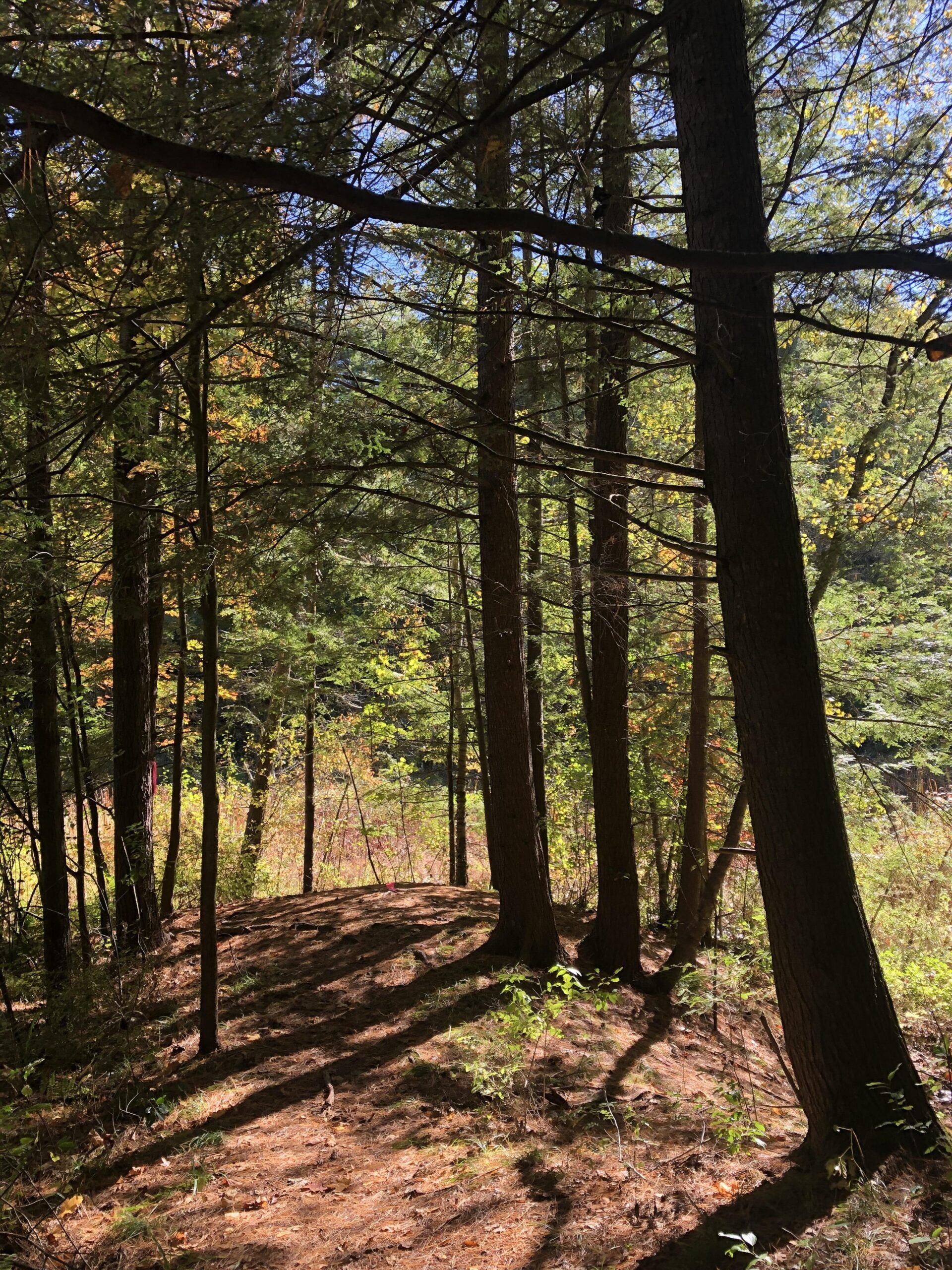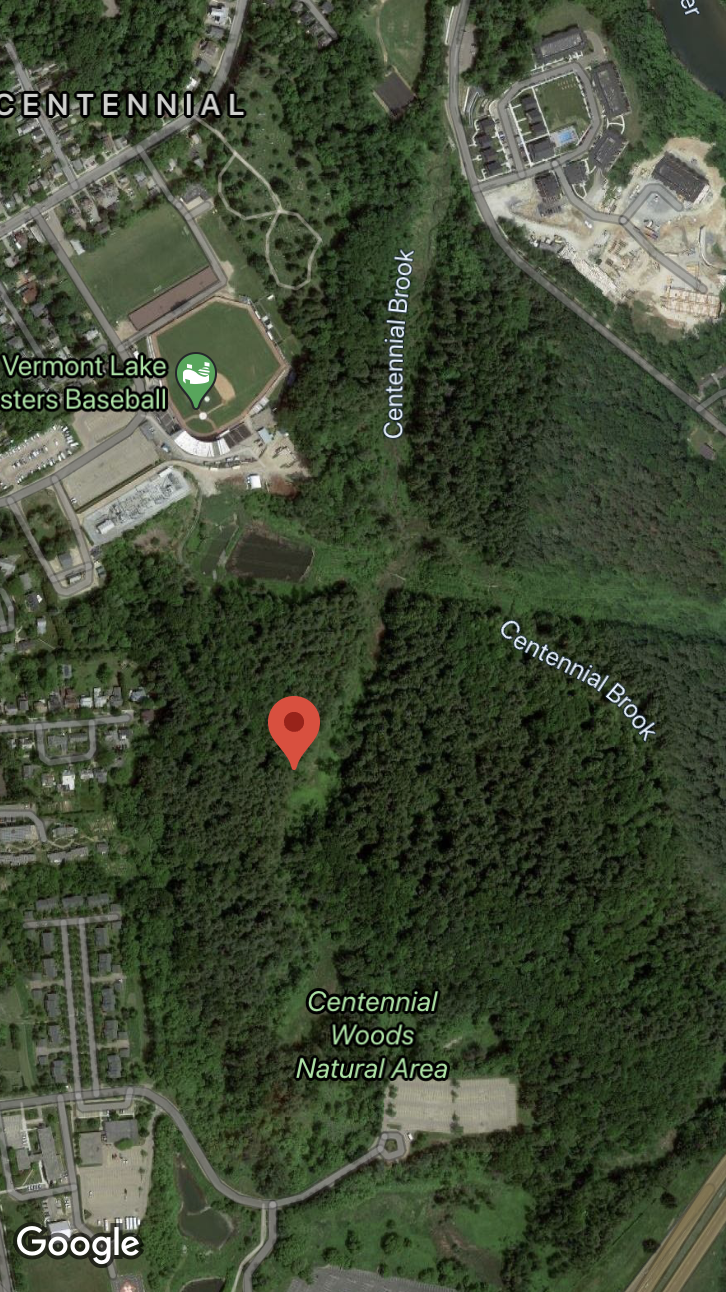This week I took my final venture out to my phenology place in Centennial Woods. The woods was alive with birds chirping and singing. I saw a cardinal and I ran into a few dogs with their owners along the trail, as I fortunatly often do. Even though it has taken Burlington a while, it is finally starting to get warm so everything is starting to get greener and more colorful with the arrival of spring. The buds that I saw from my last visit are starting to bloom, and there are more of them. The trail to my spot is more packed down and defined now, you can tell all of the trails are starting to be used a lot again now that it is getting warmer.
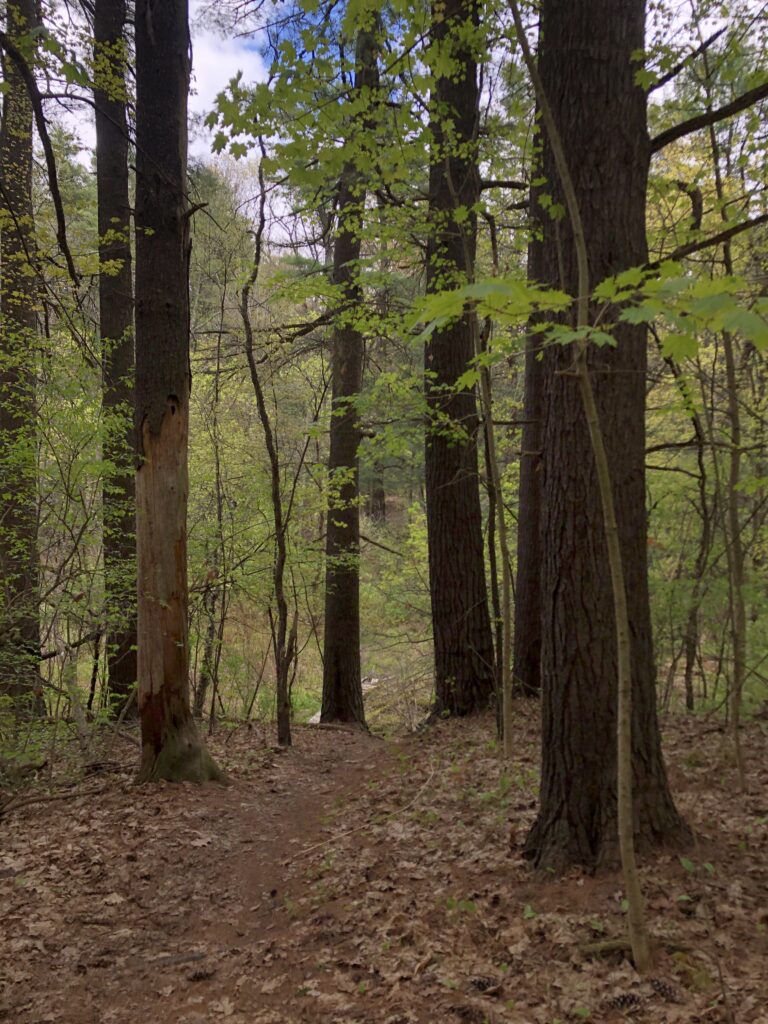
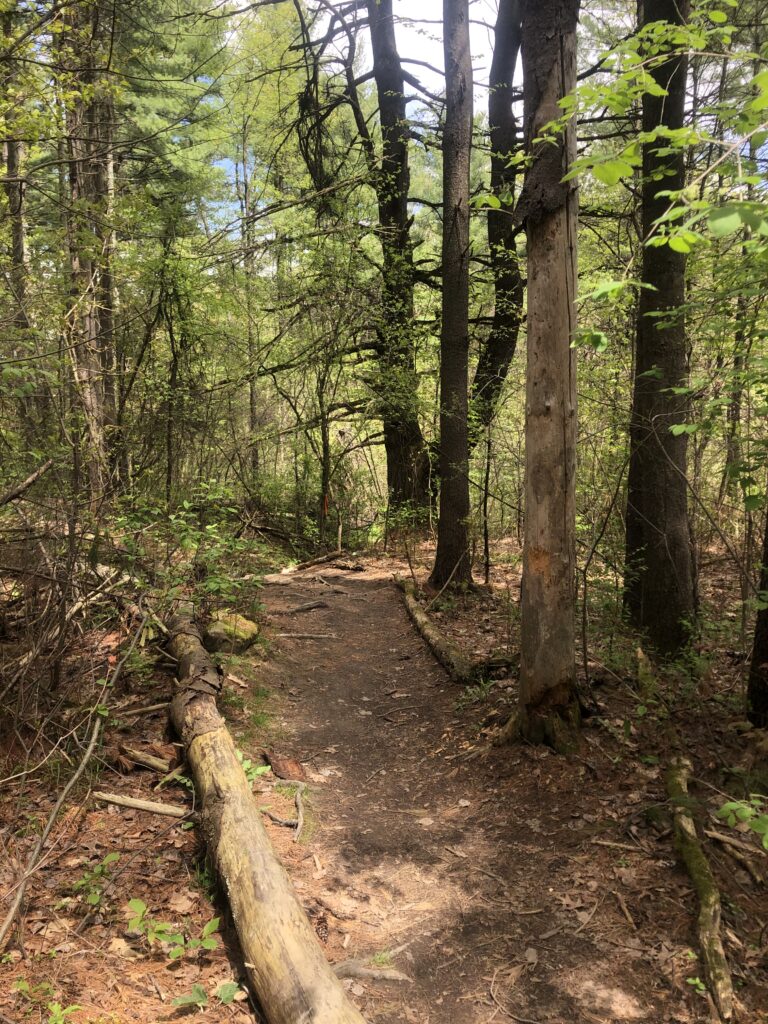
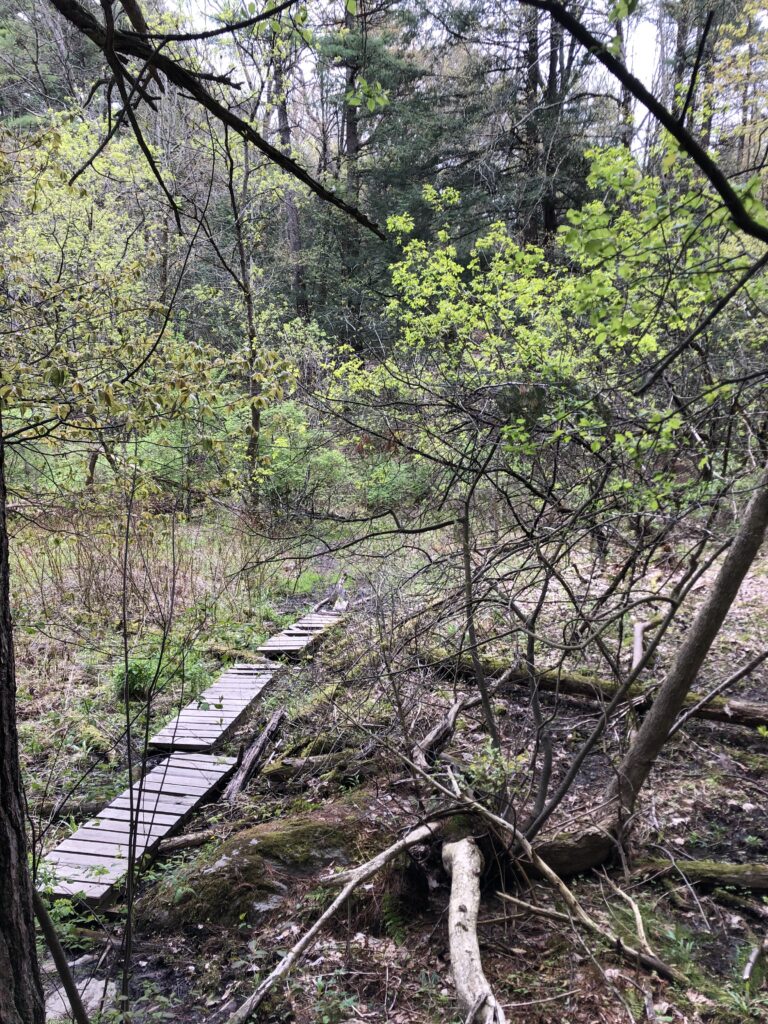
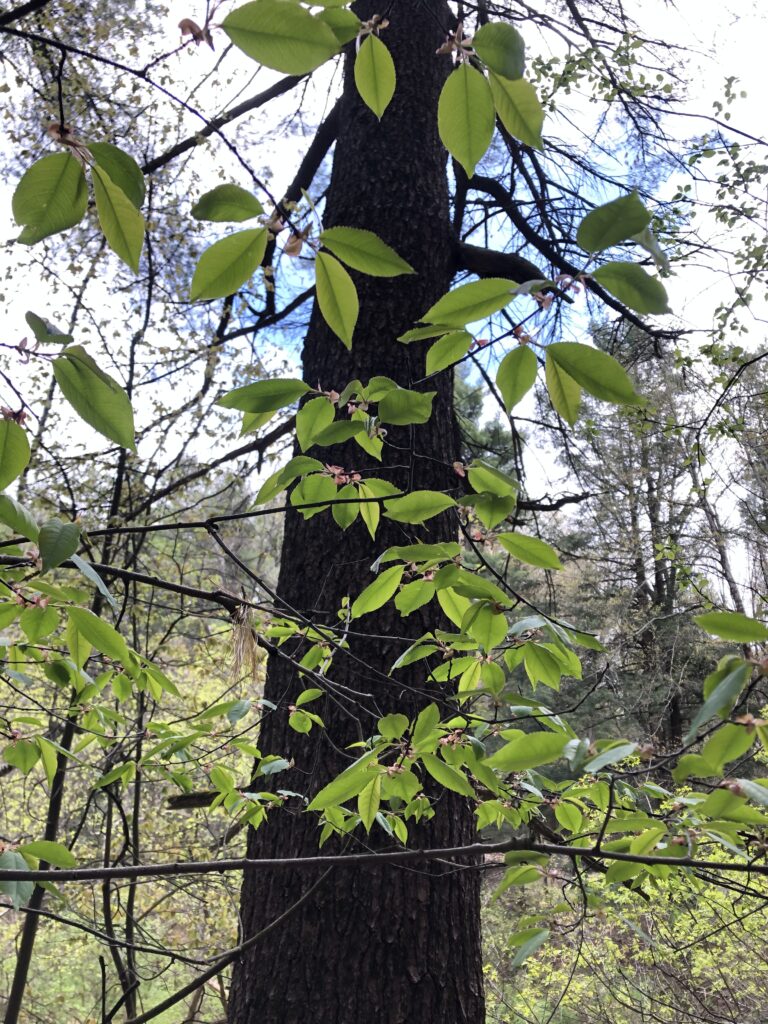
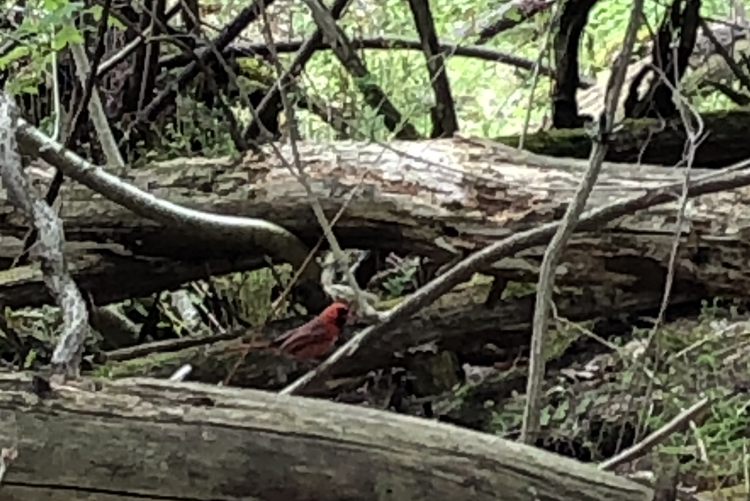
One of my favorite things I have learned throughout both my NR1 and NR2 classes, has been up how much nature and culture are interconnected. Nature and culture intertwine at my place in so many ways. Firstly, they intertwine through the communities in Burlington that use the trails and the woods, and also through UVM’s uses of this woods for educational purposes. it is also intertwined through its many histories because the land has had so many different uses and has been re-shaped so much ecologically throughout time.
Right off the bat, I do not think that I consider myself as a part of my phenology place. I feel like I consider myself as a visitor and observer who comes and leaves with no trace. When I go to my place I feel like I am lucky to be there and that I am being allowed there by the trees and plant and animal species who live there. It is their space more than it is mine because it is their home.
However, I consider myself a more active part of my place when I identify myself as a member of the communities who use it for recreational and educational purposes. Thinking very broadly, I am also a part of my place through just being a human being and carrying the environmental contributions that come with that. For example, by contributing to noise pollution and climate change.
But most importantly, I am a part of my place through any actions I take to make a positive difference there-which is the part I hope to belong to the most.
